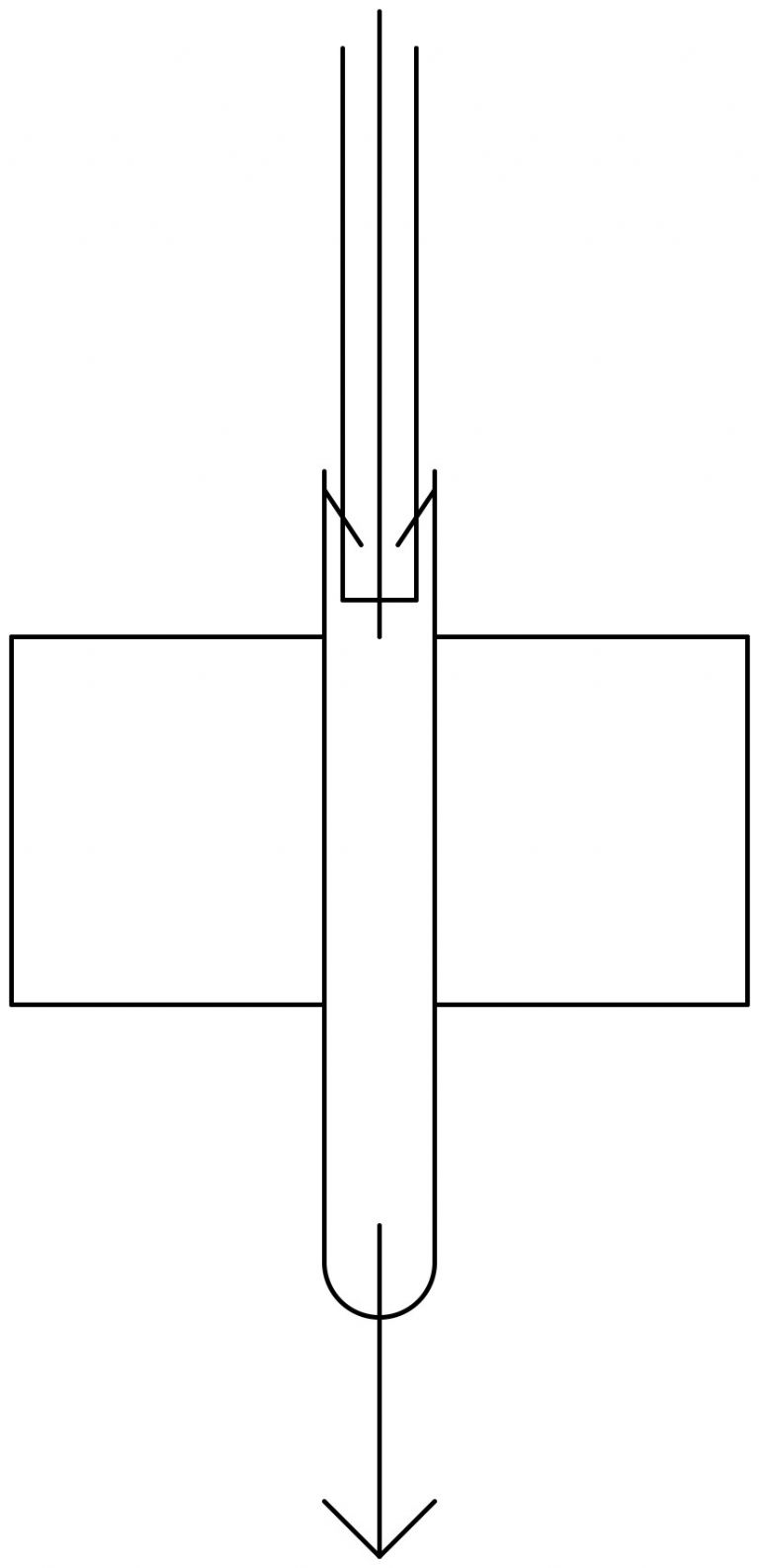Do I need a J drill or what?
Do I need a J drill or what?
- This topic has 22 replies, 16 voices, and was last updated 25 June 2023 at 20:47 by
 peak4.
peak4.
Viewing 23 posts - 1 through 23 (of 23 total)
Viewing 23 posts - 1 through 23 (of 23 total)
- Please log in to reply to this topic. Registering is free and easy using the links on the menu at the top of this page.
Latest Replies
Viewing 25 topics - 1 through 25 (of 25 total)
-
- Topic
- Voices
- Last Post
Viewing 25 topics - 1 through 25 (of 25 total)
Latest Issue
Newsletter Sign-up
Latest Replies
- Easiest/cheapest source of R8 socket
- Taylor Hobson cutter grinder modificaton
- Sat nag
- Transwave converter – plugged in motor, tripped RCD
- Bosch PBD 40 bearing upgrade
- Old plastic handled screwdrivers
- Angle grinder woes
- in line oil check valve
- motor and switch wiring Myford ML7
- Square end on round stock – Milling?





